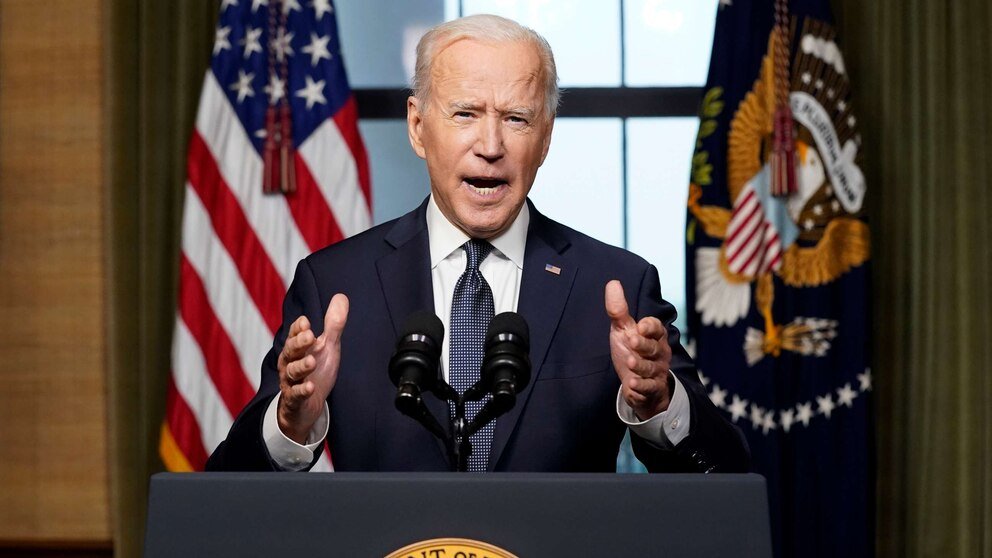The United States is on the brink of a significant financial crisis as it approaches its debt ceiling in 2025. Analysts warn that without congressional intervention, the government could exhaust its cash reserves by July, leading to an unprecedented default. This article delves into the debt ceiling’s intricacies, the current fiscal landscape, potential consequences of inaction, and the urgency for legislative resolution.
Understanding the Debt Ceiling
The debt ceiling is a statutory limit set by Congress on the total amount the federal government is authorized to borrow to meet its existing legal obligations. These obligations include funding for social programs, interest on the national debt, tax refunds, and military salaries. When this limit is reached, the Treasury cannot issue new debt, restricting its ability to finance government operations.
Current Fiscal Landscape
As of January 2, 2025, the debt ceiling was reinstated at $36.1 trillion, encompassing $28.8 trillion in debt held by the public and $7.3 trillion in intragovernmental holdings. This reinstatement followed the expiration of the Fiscal Responsibility Act of 2023, which had suspended the debt limit until the start of 2025. The persistent gap between federal revenues and expenditures has propelled public debt to historic levels. Factors contributing to this surge include responses to economic downturns, public health crises, and substantial infrastructure investments. Notably, the national debt has escalated from $5.8 trillion in FY2001 to over $36 trillion in 2025, marking a significant increase in both absolute terms and as a percentage of Gross Domestic Product (GDP).
Extraordinary Measures and Cash Reserves
Upon reaching the debt ceiling, the Treasury employs “extraordinary measures” to temporarily avert default. These measures involve reallocating funds from federal accounts, such as retirement and disability funds, to continue meeting obligations without exceeding the debt limit. However, these are stopgap solutions, not sustainable long-term strategies. Treasury Secretary Janet Yellen has indicated that these extraordinary measures can only sustain government operations until mid-2025. Projections suggest that without an increase or suspension of the debt ceiling, the government could deplete its cash reserves by July 2025, leading to a default on its obligations.

Potential Consequences of Default
A default by the U.S. government would have profound implications for both domestic and global economies:
- Credit Rating Downgrade: The U.S. has historically been viewed as a safe investment destination. A default could lead to a downgrade of its credit rating, increasing borrowing costs and diminishing investor confidence.
- Market Turmoil: Treasury securities are foundational to global financial markets. A default could trigger widespread volatility, affecting stock markets, bond yields, and currency valuations worldwide.
- Economic Contraction: Increased borrowing costs could dampen consumer spending and business investment, potentially leading to an economic downturn.
- Government Operations Disruption: A default could result in delays or reductions in government services, including Social Security payments, military salaries, and other federal programs.
Federal Reserve’s Response
In light of the looming debt ceiling crisis, the Federal Reserve has adjusted its monetary policy to manage market liquidity. On March 19, 2025, the Fed announced plans to slow the pace of its balance sheet reduction, known as quantitative tightening (QT). Starting April 1, the Fed will lower the monthly cap on maturing Treasuries from $25 billion to $5 billion, aiming to better manage liquidity amid uncertainties surrounding the government’s borrowing limit.
Political Stalemate and Urgency for Action
The debt ceiling has become a focal point of political contention, with debates over fiscal responsibility and government spending priorities. This impasse threatens the timely resolution needed to prevent default. The urgency for bipartisan cooperation cannot be overstated, as failure to address the debt ceiling could lead to severe economic and social consequences.
Conclusion
The United States stands at a critical juncture as it approaches the debt ceiling in 2025. Without prompt congressional action to raise or suspend the limit, the government risks defaulting on its obligations by July, with far-reaching implications for the economy and global financial stability. It is imperative for lawmakers to set aside partisan differences and act decisively to uphold the nation’s fiscal responsibility and maintain its standing in the global economy.






